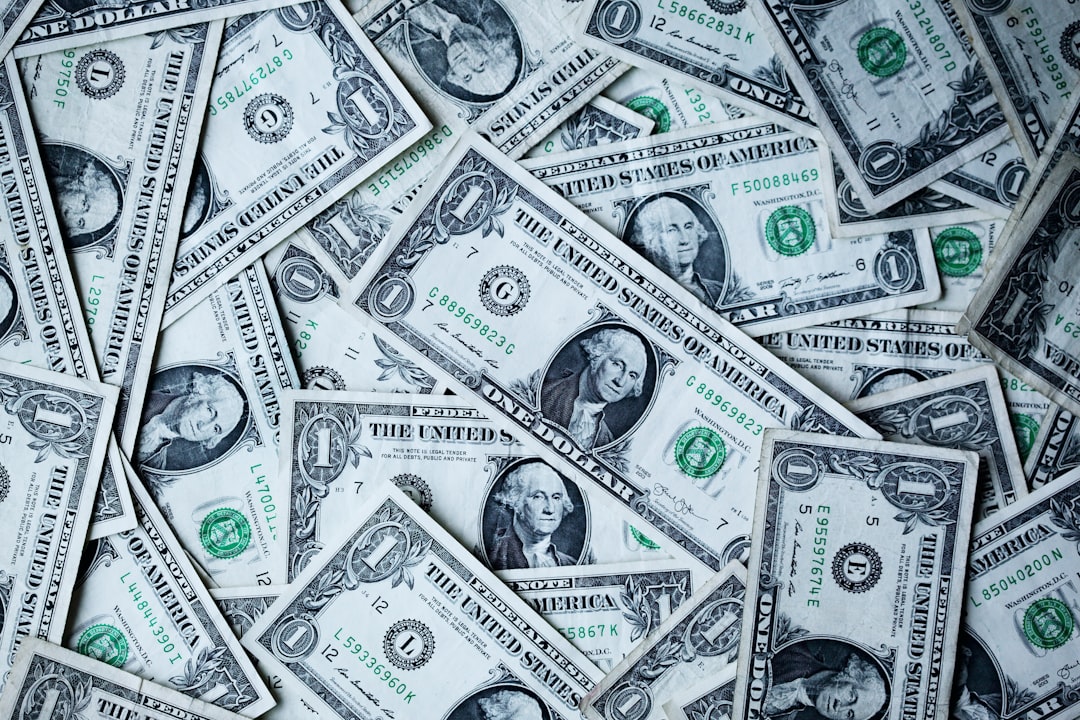
Numerous people took to Twitter over the weekend bemoaning the “bailout” of two banks, Silicon Valley Bank and Signature Bank. Even The New York Times characterized the Federal Reserve’s actions as such.
Keep reading with a 7-day free trial
Subscribe to PolisPandit to keep reading this post and get 7 days of free access to the full post archives.


